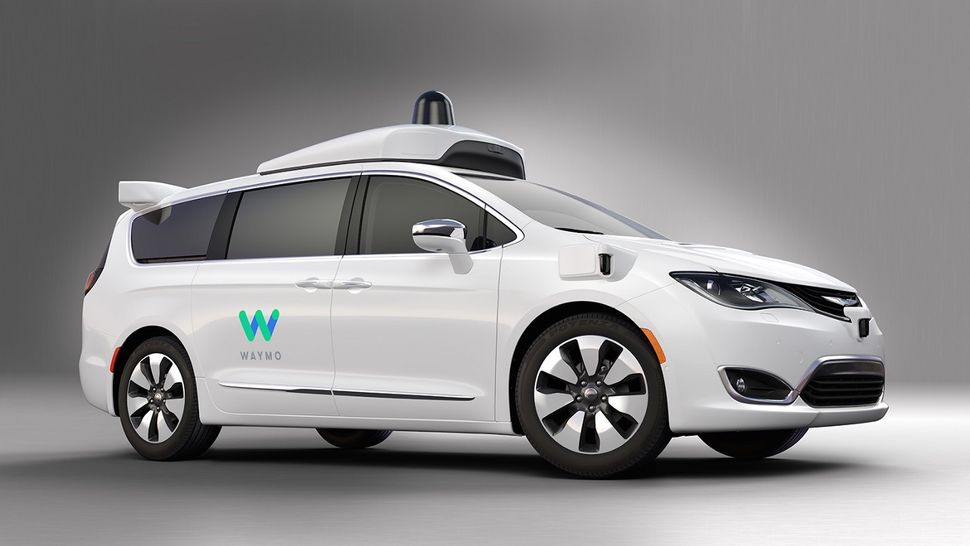I don't trust those figures which come from the interested parties. What I do know is that in demonstration after demonstration, the driver has had to grab back control at one point at least, and the honest companies are admitting to problems they find very difficult to solve. Bicycles figure largely in those, the cause of Tesla's second fatal accident, and they aren't on motorways of course.
Motorways are easy as you recognise, but even they suffer serious problems with optical recognition of the marking lines and shiny road surface in reflected sunshine conditions, something I've experienced myself with my car's system. There is no full solution to that, polarisation only works in one plane and over a limited angle even then. It was this of course which caused Tesla's first fatal accident.
And something all the advocates fail to answer. What happens when two vehicles meet where only only one can pass, such as a narrow bridge? They cannot communicate with each other to resolve this, since that external communication if allowed would enable anyone to hack in and deliberately cause crashes, great for terrorism. Taking control of just one car could cause the most horrific of motorway multiple pileups
I guarantee you that for many decades and probably permanently, self drive vehicles intended for all purposes will have a set of human overriding controls. And that transducer inadequacies, particularly optical ones, will continue to cause accidents.
.




